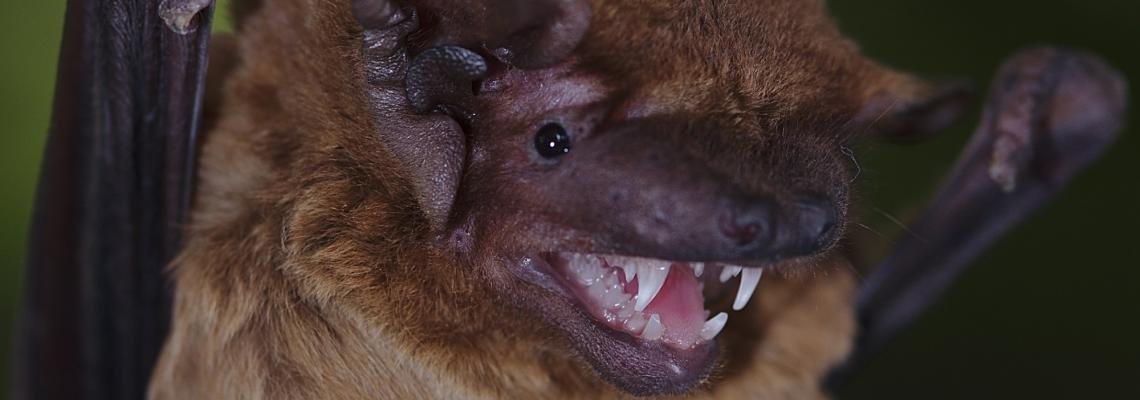We Are Providing The Perfect Halloween Hangout For British Bats
Our Estate is highlighting the urgent need to protect these most misunderstood mammals.

A new survey has revealed that our Estate is home to at least ten of the UK’s 17 resident bat species.
We offer a vital habitat for some of the country’s most rare and endangered bats, including the barbastelle bat which is believed likely to be breeding in ancient woodland on our Estate.
Officially classed as Near Threatened globally on the IUCN Red List of endangered species, there are thought to be as few as 5,000 left in the UK.
Although bats, their breeding sites and resting places are strictly protected in England under the Wildlife and Countryside Act 1981 and other legislation, their populations have crashed in the last century due to human activities.
However, we are working with professional ecologists, Oxfordshire Bat Group and local wildlife groups to reverse the decline and encourage more species to colonise our Estate.
As well as our natural habitats, we also provide a selection of manmade structures offering ideal accommodation opportunities for the flying mammals.
The iconic Grand Bridge, which was designed by 18th century architect and playwright John Vanbrugh, contains up to 33 deserted rooms and is now an important site for a variety of species including a breeding colony of Daubenton’s bats.
In addition to the Daubenton’s, all three UK species of Pipistrelle, common Pipistrellus Pipistrellus, Soprano Pipistrellus Pygmaeus and Nathusius' Pipistrellus Nathusii have also been recorded, alongside Leisler’s, Noctule, Brown Long-eared, Lesser Horseshoe and Natterer’s.
When undertaking any restoration projects to buildings, bridges and other structures around our Estate, we work closely with leading independent ecological consultancy BSG Ecology Ltd.
“Over the last decade we have been using thermal imaging cameras and bat echolocation detectors to survey and monitor bat populations across the Estate,” said BSG Ecology Ltd Director Peter Shepherd.
“We are doing a lot for bats – protecting the roosts in the Grand Bridge, other structures and the Palace itself."
“Our Estate’s commitment to sustainable land management and the restoration work being undertaken on the lake is also helping to further improve bat foraging habitats.
“They are working with the Oxfordshire Bat Group who have installed bat boxes to encourage roosting in the Grand Bridge and the Icehouse improving both hibernation and summer roosting conditions,” he added.
As part of an ongoing restoration project on our 18th century grotto, we are retaining and protecting roosts for three different bat species – Natterer’s, Brown Long Eared and the Common Pipistrelle.
“It’s incredibly important that, as we conserve and restore parts of our Estate, we also ensure we protect and encourage Blenheim’s rich natural heritage,” said Rachel Furness-Smith, Head of Estates.
“We know our Estate provides a haven for a variety of threatened, rare and endangered species. We take our role as custodians extremely seriously and are committed to not only protect but also, wherever possible, to expand its biodiversity,” she added.